07 sep, 2023
6 IDEAS FOR YOUR WEEKEND BREAK IN PAMPLONA
This city, which is internationally-renowned for its San Fermín bull-running festival and for being one of the main cities on the French Way of St James, is well worth a visit. So, start deciding on your travel companions because we've put together quite a few ideas so that you can make the most of your weekend break in the capital of Navarre.
BlogPamplona is a surprising, captivating city for visitors. Its city walls, gardens and the colourful streets of the old quarter are the perfect invitation to take a leisurely stroll and to discover places with centuries of history. Come in any season, because any time of year is perfect for exploring the capital of Navarre.
We've put together a selection of some of the must-see places to visit in Pamplona during your city break:
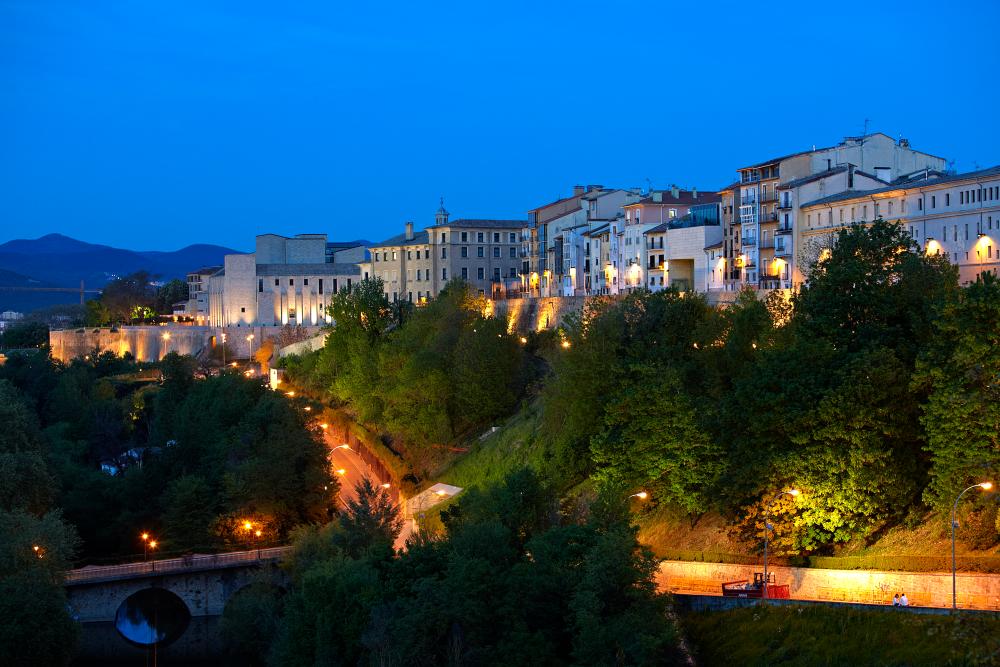
1. Plaza del Ayuntamiento (City Hall square)
The first time you see the Plaza Consistorial or the Plaza del Ayuntamiento (City Hall Square), as it is commonly known, you're going to find it hard to believe that this is the same square that you saw on TV on the day of the Txupinazo when the rocket was fired to mark the start of the fiestas of San Fermín. Doesn't it look much smaller than you thought?
Here you'll find the Oficina de Turismo (Tourist Information Office) where, among other things, you can get information on the monument opening times and the different guided tour options. These tours offer you a really good opportunity to discover Pamplona, given that they are led by guides who know the city like the back of their hand and can tell you all about its secret corners, legends and anecdotes.
Grab the opportunity and get a photograph of yourself in front of the Pamplona City Hall and then enjoy a bite to eat and drink on one of its terraces while listening to the chiming of the City Hall clock accompanied by the sound of the bells of the San Cernin church. Oh! And if you'd like to take back a souvenir that is unique to Navarre, then get one of the typical wine gourds made by the century-old company Las Tres ZZZ, located in the square itself.
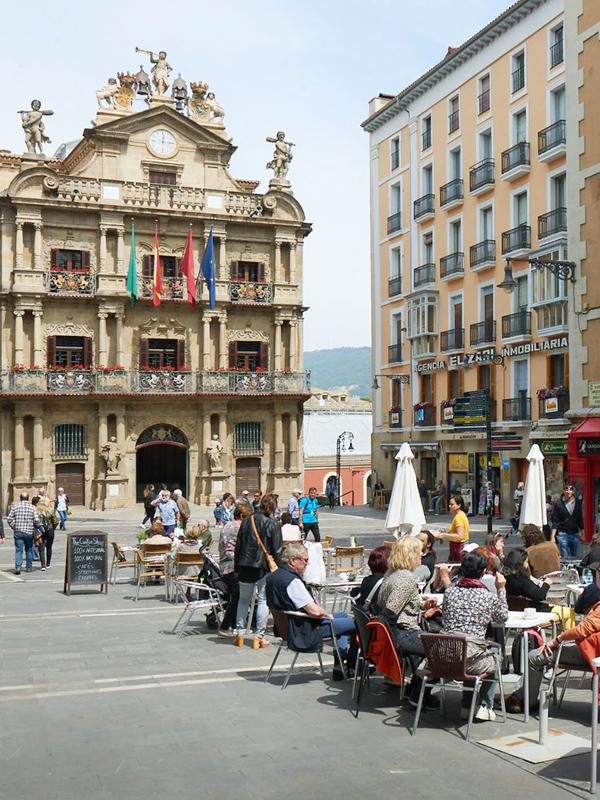
2. The San Fermín route
THE BULL RUNNING ROUTE
This is unquestionably an iconic tour that you simply have to do. This 875-metre route runs through half of the Old Quarter and will give you a taste of the very essence of the city.
It starts in the bull pens at the beginning of the slope running up the Santo Domingo street. Here you can take a few photos with a metal sculpture of a herd of bulls and with part of the original fencing. A few metres up the slope, in front of the wall niche holding an image of San Fermín, you can sing the famous song which, minutes before the start of the bull run, is sung with feeling by the bull runners as they request the saint’s protection.
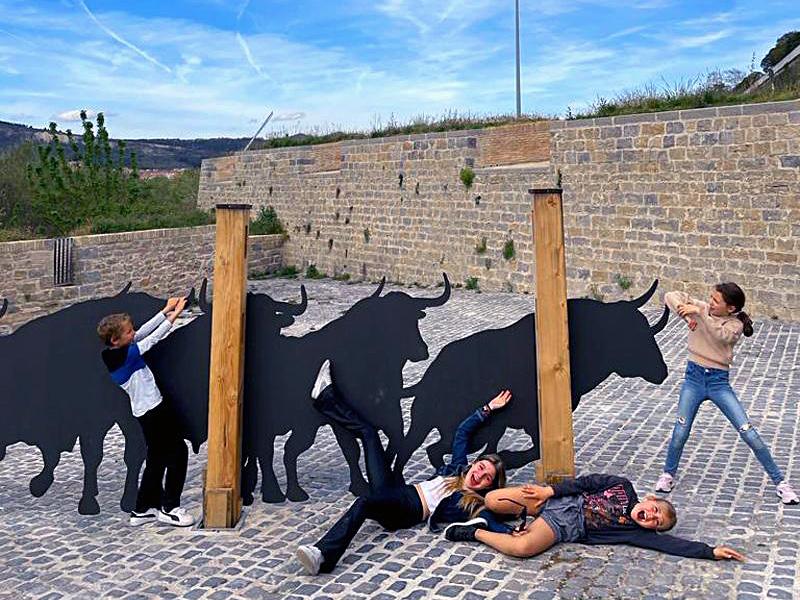
And on the left, a little further up the slope, you will see the square leading to the municipal market - the Mercado Municipal de Santo Domingo, where you can purchase all kinds of vegetables (asparagus, artichokes, peppers, etc.), cured meats, txistorra (fresh paprika pork sausage), excellent cheeses, and discover what the relleno de Pamplona (local pudding) actually is... If you have a sweet tooth, then you'll get the opportunity to buy some typical sweet pastries such as the tortas de txantxigorri (cake made with lard and cinnamon). And, if you'd like to take home a really good gastronomic souvenir, then get a bottle of our popular digestif, a sloe berry and aniseed liqueur: patxaran from Navarre!
Continue along the route until you come to the Plaza del Ayuntamiento (City Hall Square). At this point, you'll find another part of the fencing, the perfect place to get your photo taken with the Casa Consistorial (City Hall) as a backdrop.
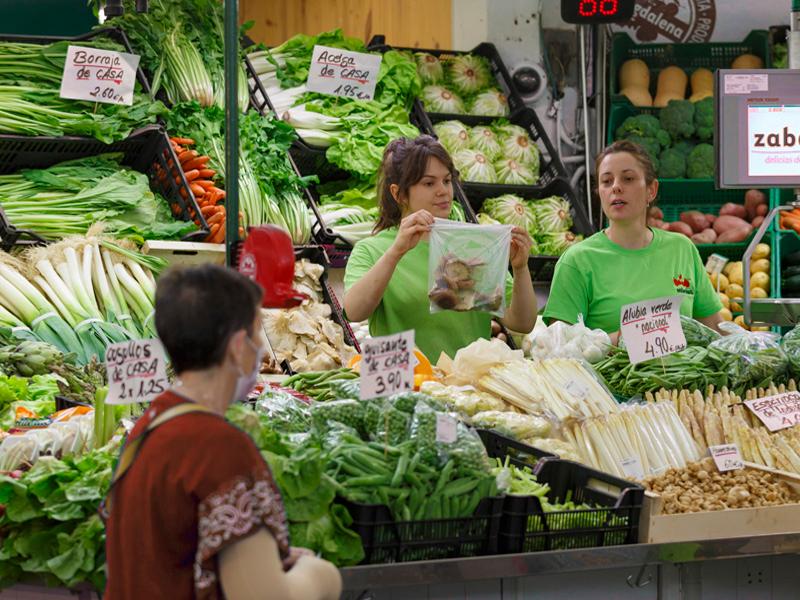
The route then continues along the Calle Mercaderes street until it reaches one of the most well-known streets in Pamplona: the Calle Estafeta. Here, you're sure to get an appetite as you go up the street: shops selling pastries and gourmet products at the start, which gradually give way to bars where you can get your energy back with their tempting pintxos (tapas).
The route ends at the Plaza de Toros (bull ring) where you can book a really interesting and entertaining guided tour.
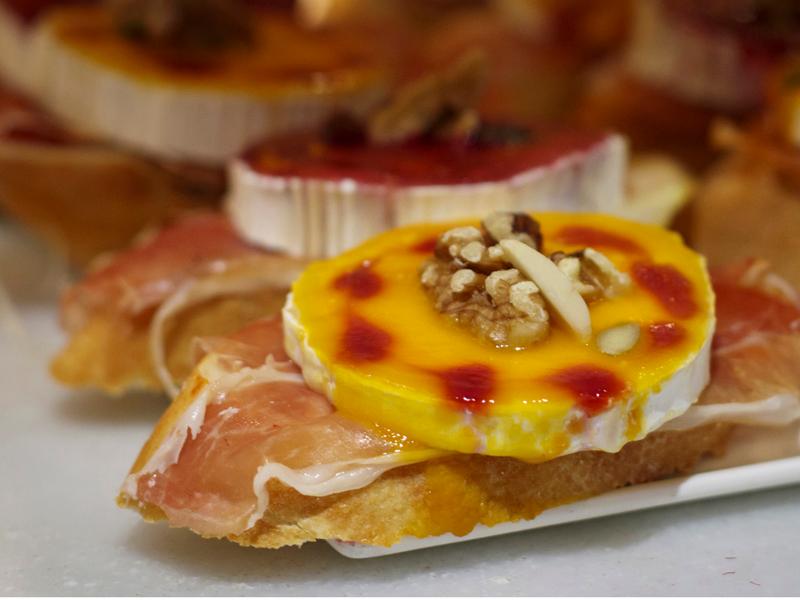
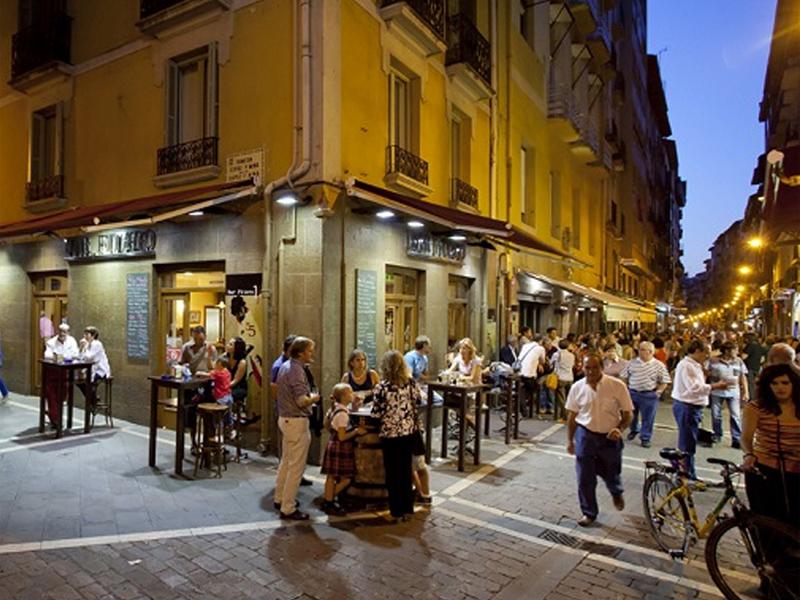
MONUMENT TO THE BULL RUNNING
Just a few metres away from the bull ring, you will find this extremely realistic sculpture that immortalises a snapshot of the bull running event along the section in the Calle Estafeta street. Draw nearer and you'll see how the bulls make an impression on you when you see them so close up and the tense faces of the runners. You'll definitely want to take a photo here!
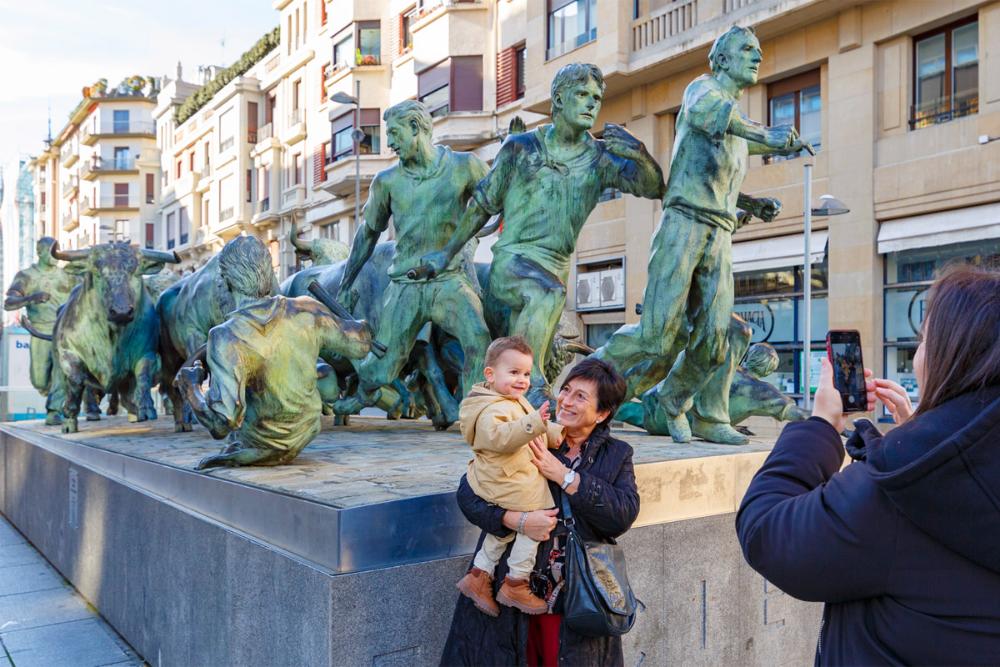
CAPILLA DE SAN FERMÍN (CHAPEL)
All that's left for you to do now is to visit the iglesia de San Lorenzo (church of San Lorenzo) to get a closer look at the real San Fermín, the joint patron saint of Navarre, and ask the "morenico" saint (the dark-skinned one) to protect you with his “capotico” (little cape).
And now you'll be asking yourself: “but... is there another San Fermín? Why is he called "morenico"? Isn't San Fermín the patron saint of Pamplona?" Don't get into a panic with all these questions! All the same, we're going to resist telling you everything right now because we'd like these unanswered questions, and many other interesting facts, to be revealed during your guided tour of Pamplona.
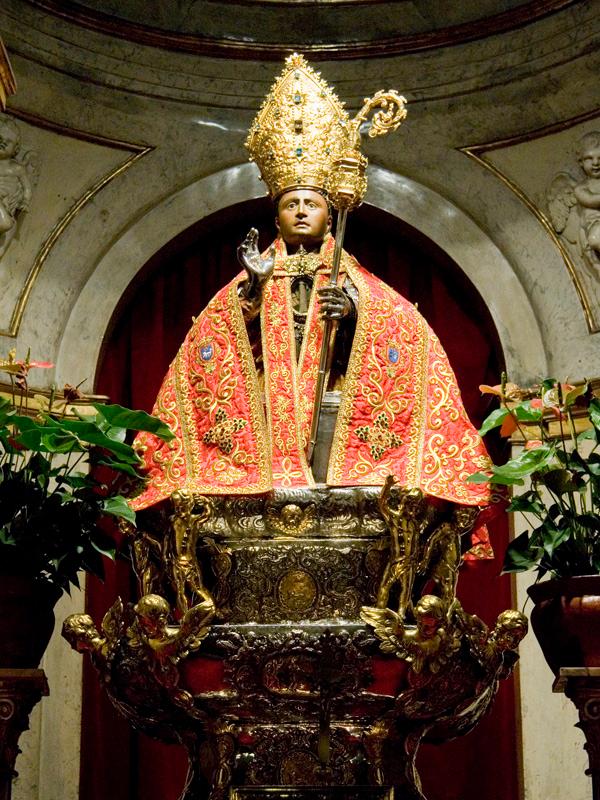
3. La Plaza del Castillo (square)
This beautiful square lies in the very heart of the city, and is the place where kids play while the "oldies" sit on benches and watch the day go by. It's also the perfect place to enjoy a snack at the legendary Café Iruña, dating back to the 19th century, or to have a meal in one of the restaurants in the square and enjoy the good atmosphere of its terraces.
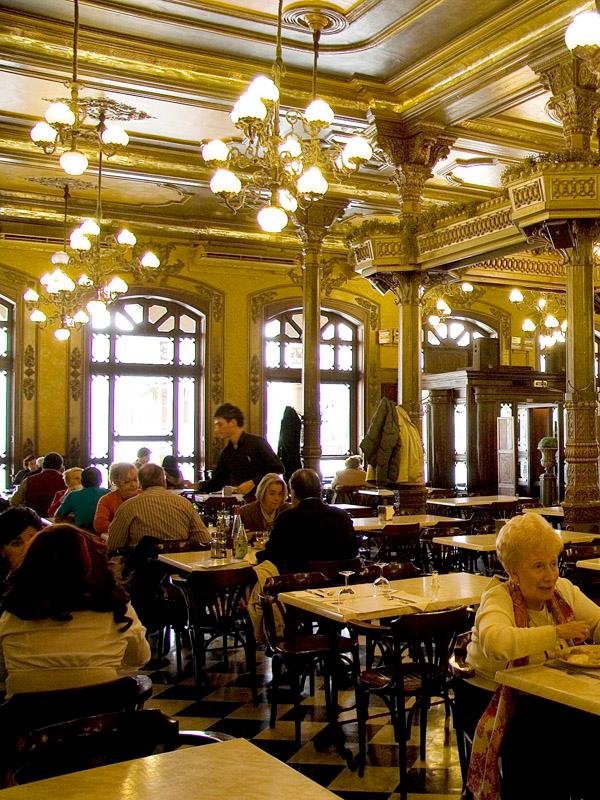
This square was never designed as such, but gradually developed and took shape, something that explains its irregular design.
We're now going to tell you a secret, so that you can claim to be a cultureta (culture vulture) in your guided tour. Did you know that bullfights were held in this square until 1844, when the first bull ring was inaugurated? From then onwards, it became a meeting place and the hub of the city.
Now you're going to ask: How come it was the "first" bull ring? You'll get your answer to this during your visit here!
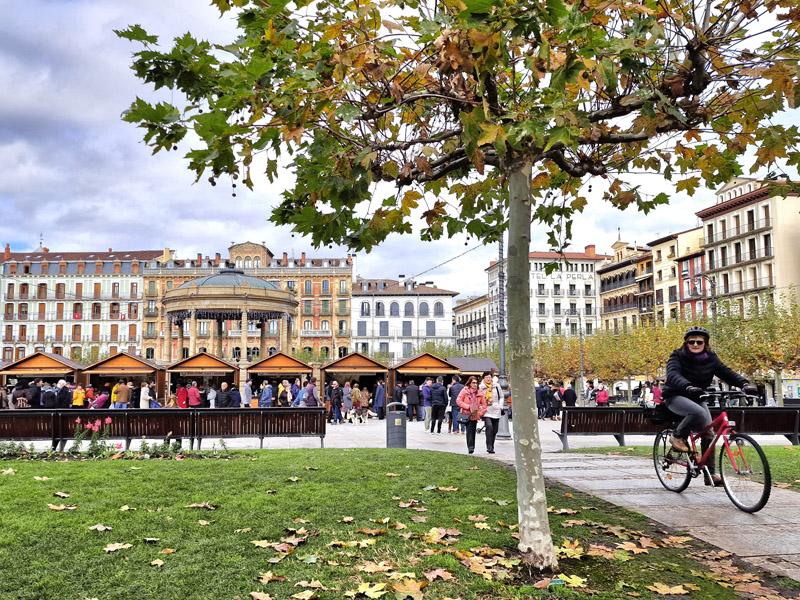
4. Buildings packed with history and art
The Catedral de Santa María la Real cathedral is another must-visit in the city. Enjoy one of the best Gothic cloisters on the continent. We would recommend visiting the cathedral in the morning, given that at 11:15h you will get the opportunity to go up one of the towers and see the city and surrounding mountains from above. It`s well worth climbing the spiral staircase to the top, to get some stunning panoramic views. There you'll see the impressive bell named María, the second largest in the country and the largest still in use.
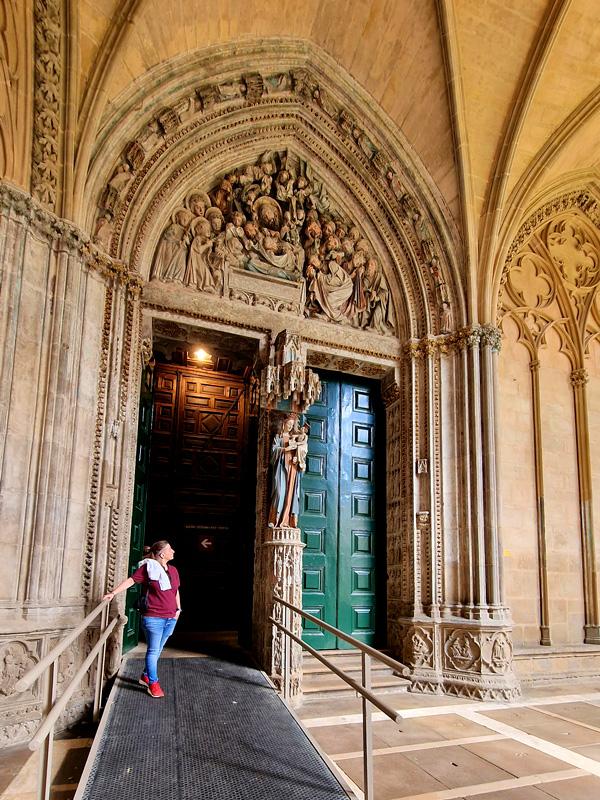
If you're a history and art lover, then you'll need to put some time aside to visit the medieval churches of San Saturnino (also called San Cernin) and San Nicolás, the most iconic churches in the city, and the Museo de Navarra (museum of Navarre), which holds an interesting display of the rich heritage of Navarre.
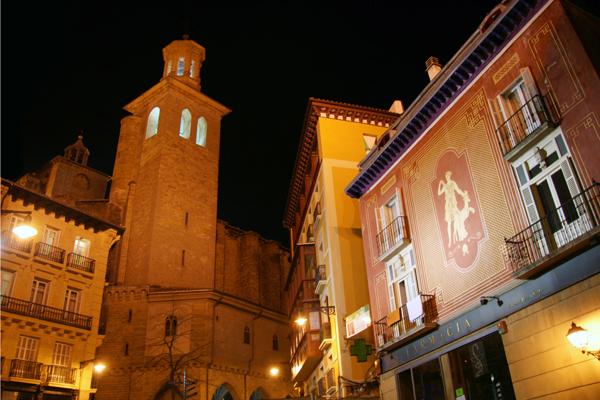
5. A walk around the fortifications of Pamplona
THE CENTRO DE INTERPRETACIÓN DE LAS FORTIFICACIONES (the Fortification Interpretation Centre)
Are you interested in military strategy and in getting a good understanding of the history and evolution of Pamplona? If so, the Interpretation Centre is a must-visit. And, what's more, it's the perfect starting point for the next proposal!
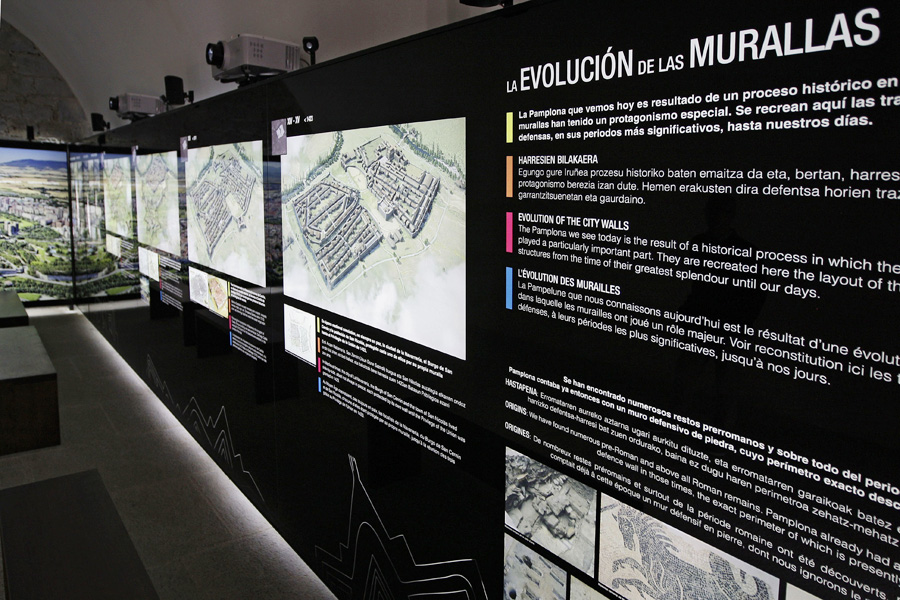
A WALK ALONG THE MURALLAS (CITY WALLS)
This is a nice walk around the boundaries of the old quarter from the top of the city walls, while allowing you to enjoy some stunning panoramic views. This Renaissance complex was declared a National Monument and it is one of the best in Europe. You can start from the fortlet called the Fortín de San Bartolomé, and then cross the bridge to continue along the delightful Ronda del Obispo Barbazán (walkway of Bishop Barbazán) where you will see the rear of the cathedral, and continue as far as the bastion called the Baluarte del Redín.
This area is known as the Rincón del Caballo Blanco, with its tavern, its terrace and its covered overhead passageway, and it is unquestionably one of the most charming spots in Pamplona. This is an ideal place to take a stroll as far as the Plaza de San José square, which gives you a feeling of the peace and tranquillity that is so characteristic of village life, with the shade of the trees, the sound of the water cascading from the fountain spouts, and the silent presence of the cathedral.
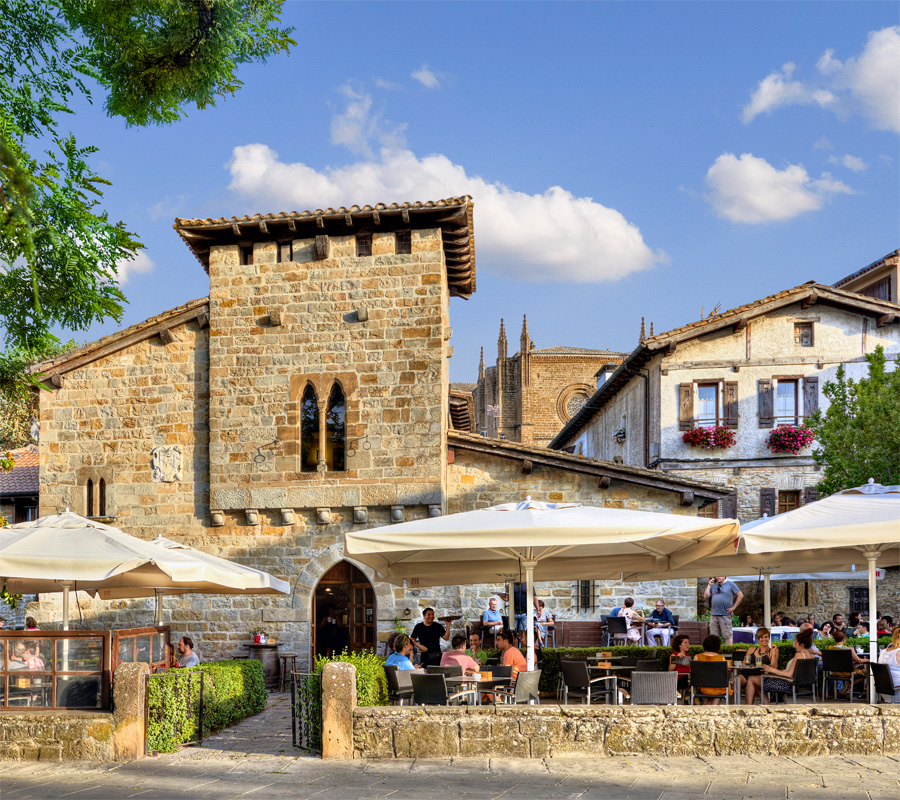
Returning to the Rincón del Caballo Blanco, it's time to go down to the gateway called the Portal de Francia or Portal de Zumalacárregui (the best conserved of the 6 gateways that the city used to have), the entrance and stopping point for pilgrims coming into the city before continuing on their way to Santiago de Compostela.
You can then continue your walk along the walls behind the
Archivo Real y General de Navarra (Royal and General Archive of Navarre), which used to be the Royal Palace of the Kings of Navarre.
Then, from the calle Santo Domingo street, you can go up some steps to the Paseo de Ronda walkway towards the Jardines de La Taconera gardens, a beautiful panoramic walkway that combines art and nature and which you're really going to love!
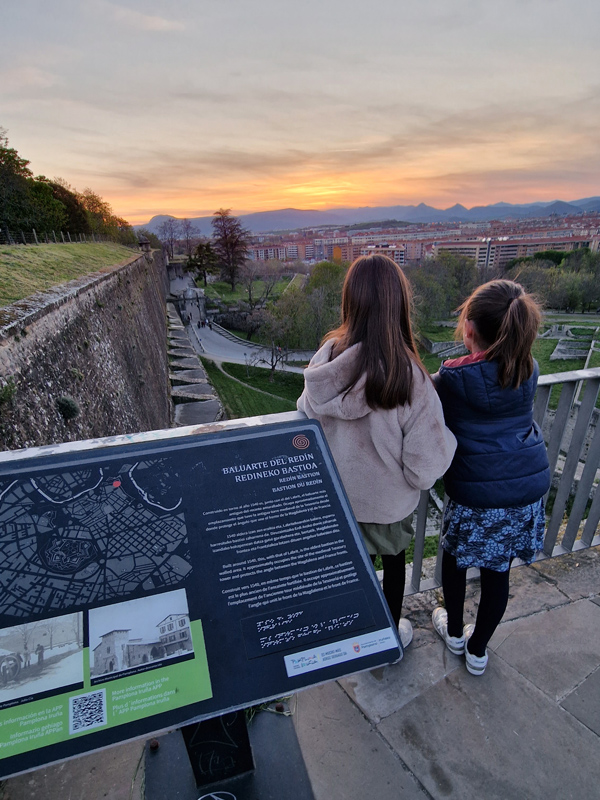
THE JARDINES DE LA TACONERA (GARDENS)
These Versailles-style gardens were designed in 1830 and are the oldest in Pamplona. This is an ideal place for recharging your batteries under the shade of leafy beech, ash and magnolia trees and the beautiful maidenhair or ginkgo biloba trees, which create a spectacular yellow carpet in autumn when they shed their leaves. These gardens are also the perfect place to take a romantic walk or to go with the kids and enjoy looking at the animals living in the moat.
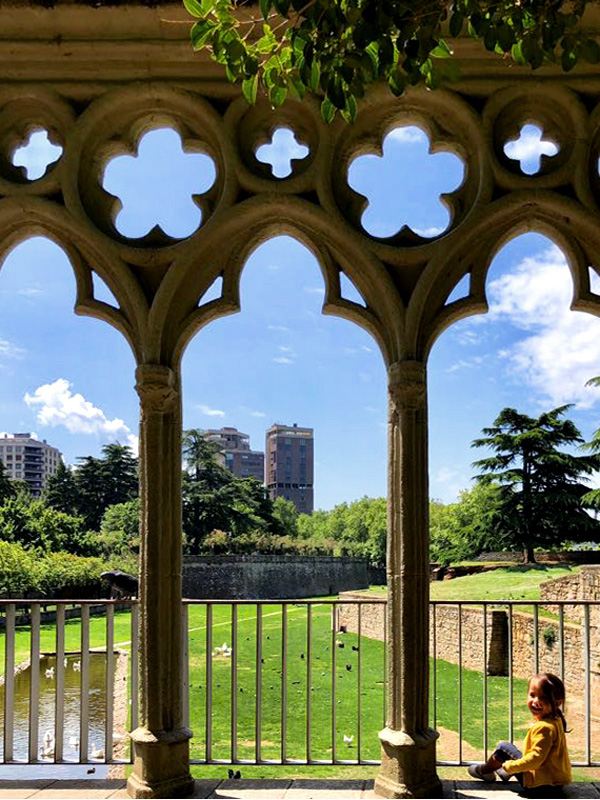
THE CIUDADELA (CITADEL)
This is very close to the gardens of La Taconera. Construction work on this large pentagon-shaped Renaissance fortress started in the 16th century, to defend the city against the attacks of the French army. It is said to be the green lung of the city.
This is a really pleasant place to take a stroll, to do sport or to enjoy one of the exhibitions held in the buildings inside.
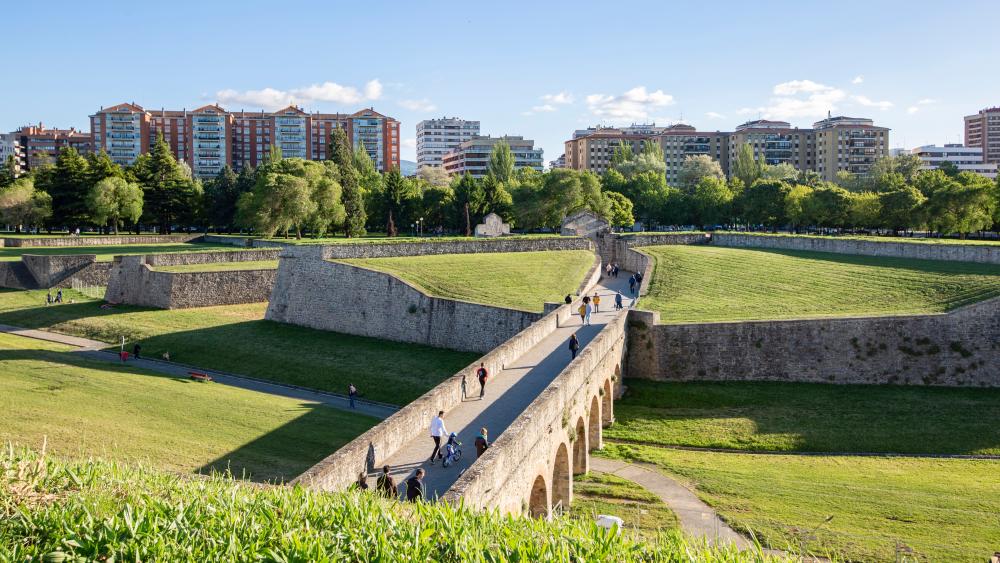
6- The Parque Yamaguchi (Park) and the Planetarium
THE PARQUE YAMAGUCHI (PARK)
This park is named after the Japanese city twinned with Pamplona, joined by the history of one of the patron saints of Navarre: San Francisco Javier (the other patron saint is San Fermín). If you're staying nearby, then don't miss the opportunity to visit it. It has a Japanese design that invites you to unwind and relax. One of the most attractive spots is the oriental style wooden viewpoint facing the lake.
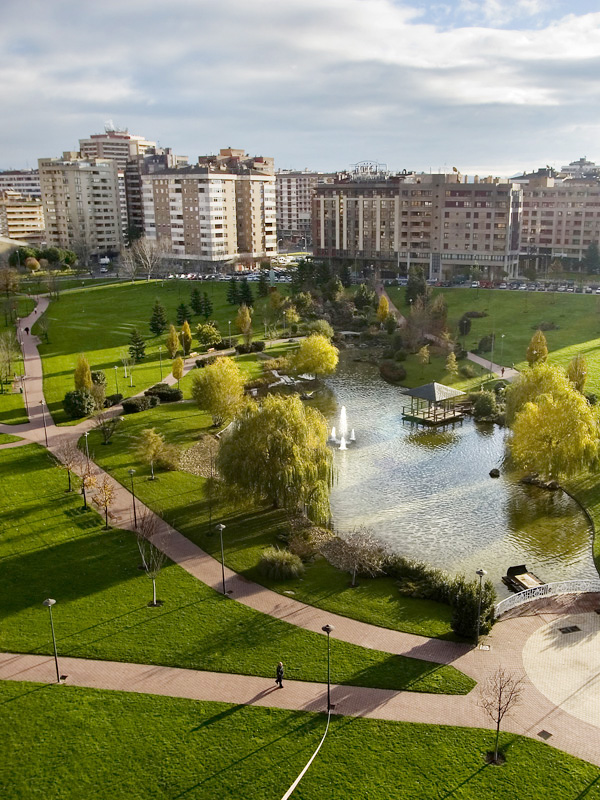
THE PLANETARIUM
If you've got as far as the Parque Yamaguchi and you've got time, and if you enjoy looking at the stars, then make a visit to the Planetario (planetarium), standing at the end of the park. Here, you can sit back in a chair to comfortably enjoy the history told by the stars on an impressive dome, one of the largest in Spain. A really interesting activity to do as a family.
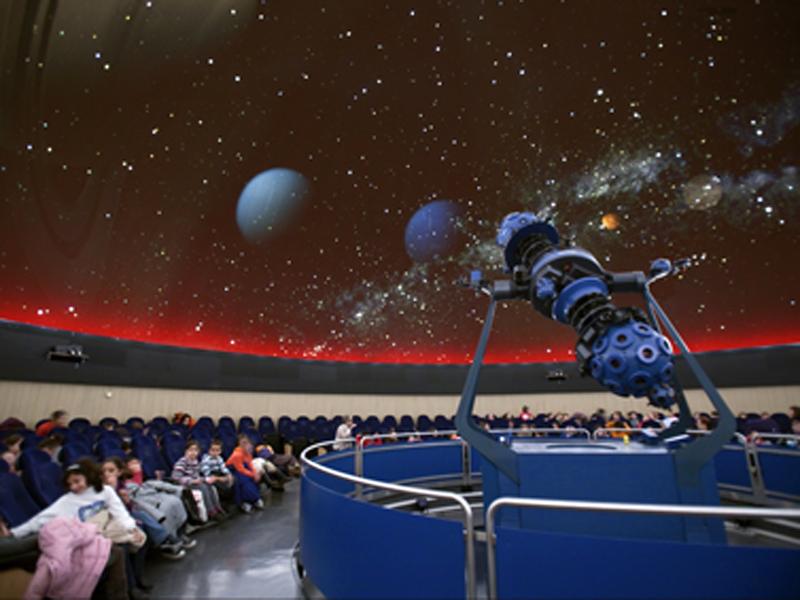
This is just an appetizer with some ideas about what you can find in Pamplona and, of course, there are many, many more interesting proposals. So, find out more!
What to eat in Pamplona
As far as cuisine is concerned, you can take the opportunity to go out for pintxos (tapas). Some could rightly be considered to be true miniature haute cuisine. You'll have no choice but to go in a get one, when you pass by the bars and see the colourful counters laden with small delicacies with a thousand flavours. We're warning you now, so that you can start whetting your appetite. And the next thing to do is to choose a good restaurant and book a table to eat properly.
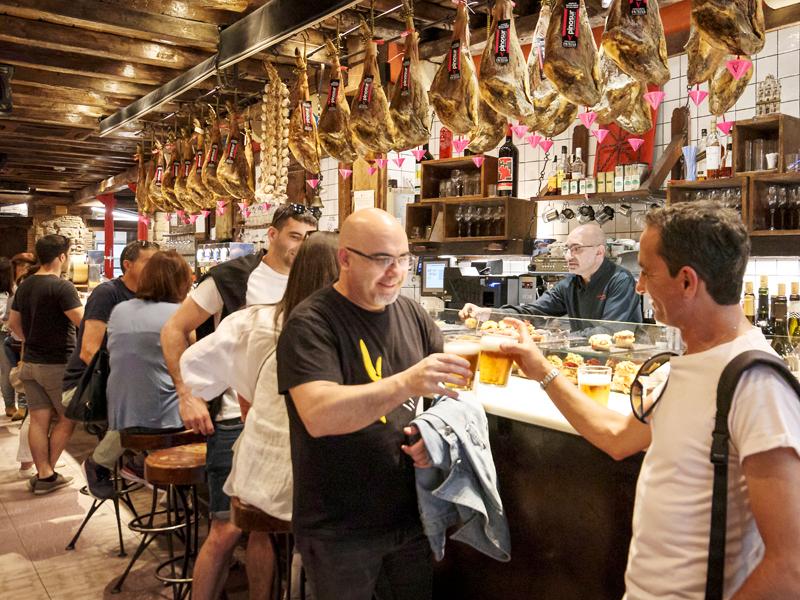
Enjoy the local cuisine and try typical dishes such as Navarre-style trout, cordero al chilindrón (lamb cooked in pepper sauce), ajoarriero (flaked salt cod in tomato and pepper sauce), pochas (fresh haricot beans), delicate asparagus, artichokes, txistorra (fresh pork paprika sausage), Lodosa-grown stuffed Piquillo peppers, cheeses (D.O. Idiazabal and Roncal), etc. Given that some of these dishes are not easy to find in just any restaurant, we would recommend checking the menus before booking if you are interested in a particular dish.
And if you're a wine lover, then order a D.O. Navarra wine to accompany your food.
Simply delicious!
To put the finishing touch to your meal, order one of the home-made desserts that are typical of Navarre, such as pantxineta (flaky pastry, almonds and cream), cuajada (junket), cheesecake, or canutillos (cream horns). Oh! and don't forget to order a small glass of patxaran (sloe berry and aniseed liqueur) from Navarre! A magnificent digestif with centuries of tradition in Navarre.
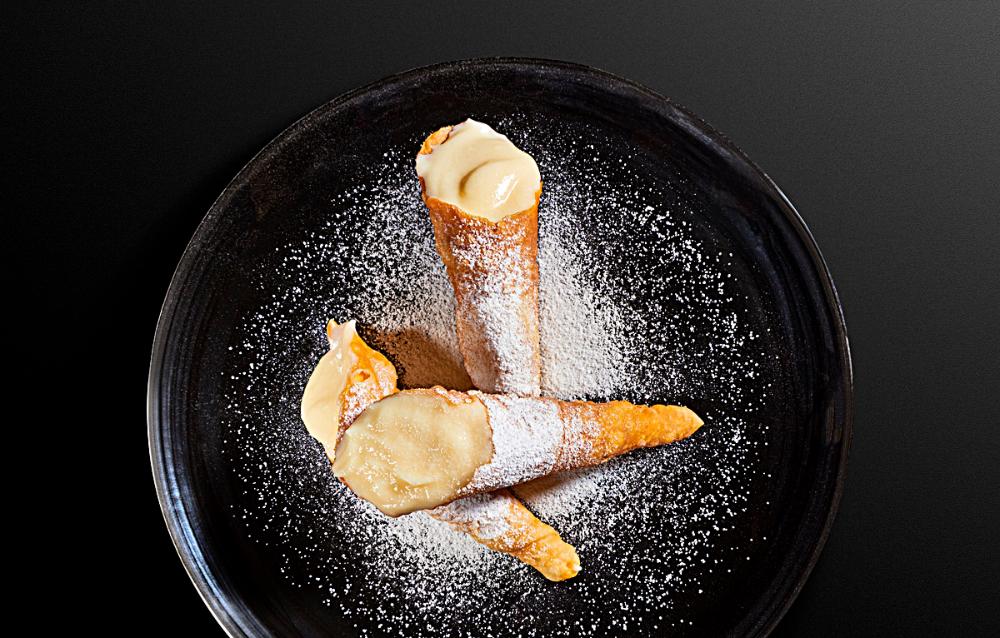
Tips on where to stay
Now that you've got information on what to see and do, it's time to look for accommodation for this great weekend awaiting you in the capital of Navarre.
For a place to stay, as in any other capital city, you've got a host of options to suit all budgets.
A good option is to stay in the Casco Antiguo (old quarter) or in the Ensanche (new city extension) of the city, so that you're close to the historical city centre. Notwithstanding this, Pamplona is a medium-sized city and distances are short, so you can easily get accommodation in other neighbourhoods. The urban bus network will make it easy for you to get around the city.
We hope that this article has proved helpful for your upcoming city break in Pamplona.
Should you need more information:
Download the pdf with the opening times, activities and events calendar for Pamplona.
Contact the oficina de turismo (tourist information office):
- Phone + 34 948 420 700,
- Whatsapp +34 639 780 937
- Email oficinaturismo@pamplona.es
Hoping to see you soon!

